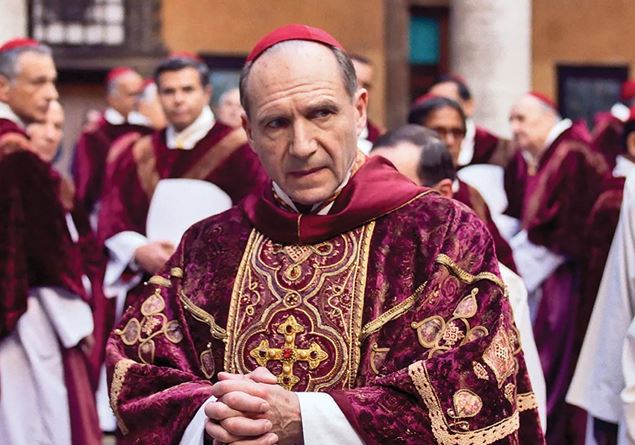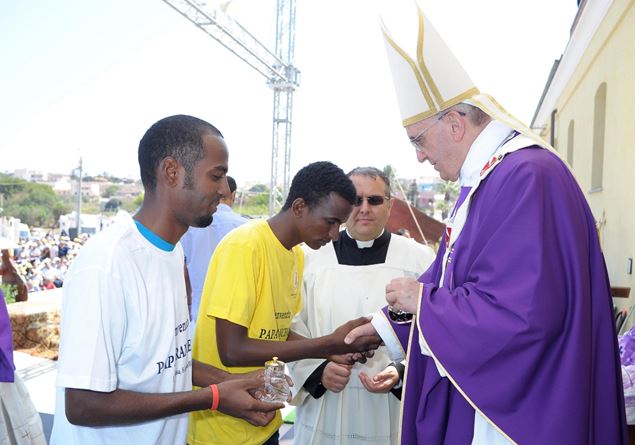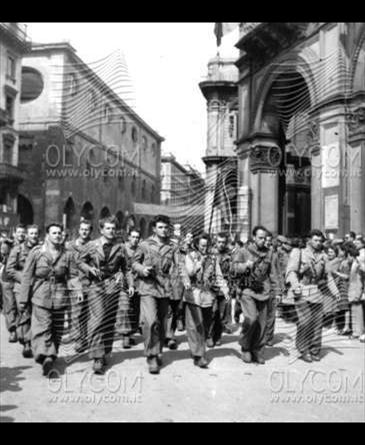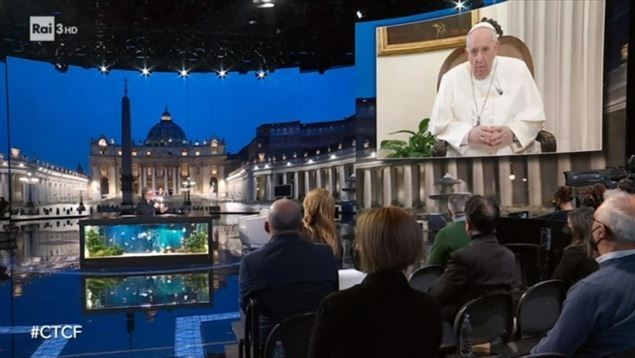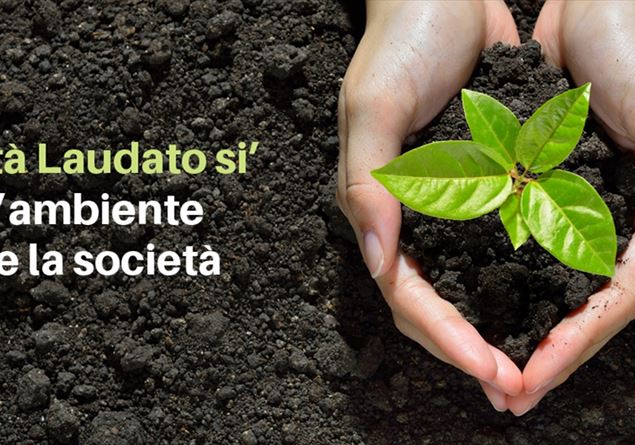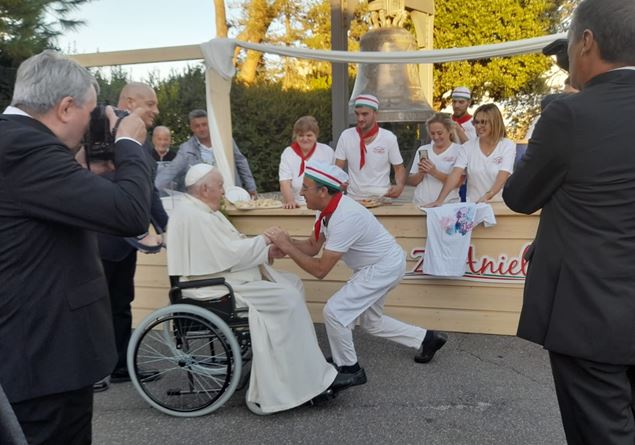After the sudden death of the reigning, those who are responsible for electing the successor, come from all over the world to meet, isolated from the world, and establish who will take the place of the deceased among them. To conquer there is the oldest kingdom of history and the wider domain on the planet: there are power, prestige and a dark mission at stake that an enigmatic spirit should guide. The election is according to an ancient and secret ritual but the complexity of the world knocks (or rather explodes) at the windows of this complex and oligarchic election, trying to impose its themes and times. An election in which the strokes are not lacking, on the other hand the heart of men (males, and not only, in this case) becomes stone and fierce when fighting for power.
The extreme synthesis is forgiven but this is the plot of Conclave, Edward Berger’s film scheduled in Italy for the Christmas holidays.
It doesn’t matter then if this process will lead to the election of the Pope of the Catholic Church or the monarch of a fantasy kingdom set today.
It is not the first time that cinema (and literature, the film is based on the novel of the same name by Robert Harris) are attracted by the suggestive rites and secrets of the election of a pontiff. Many have measured themselves, with different results: many to bend reality to their show (as in this case) very few to try to understand one aspect, even partial (Habemus Papam by Nanni Moretti, for example).
Edward Berger, skilled in the television series, knows how to do excellent cinema (the three Oscars for “Nothing new on the western front” testify to him) and in this work enriches the language with a lot of theater, to present with fast brush strokes on the stage of Santa Marta and the Sistine Chapel (reconstructed grandiose by the workers of Cinecittà) the contenders for the papal dream and the various King Maker.
If Oscar will be for this fifth his feature film will come for one of the components of a Remarkable cast: Ralph Fiennes, Stanley Tucci, John Lithgow, Isabella Rossellini. Also noteworthy are the interpretations of two other Italians, Sergio Castellitto and – for a small but intense part – Roberto Citran.
The direction is firm, fast and capable of animating the potential static nature of a permanently sedentary meeting of males no longer young, thanks to the machine movements, the architectural details, the fast close -ups of the voters composed with the long fields of the cloisters or the forcing corridors.
The quotations are also suggestive, such as the “wind” of the spirit that – as in the funeral of John Paul II – shakes the voters gathered in the Sistine Chapel or – when the drama of history explodes on cardinal voters – the display of the work The ninth now by Maurizio Cattelan.
The photography is superb in amplifying the narrative tension with the contrasts between the thick colors of the interior of Santa Marta and the purple red of the cardinals; The shining light that is “out”, with the suffocating darkness “inside” (choices that alone say the prejudice that animates the story).
Remarkable, to the point of wanting its full and autonomous listening, the original soundtrack of Volker Berttelmann.
We save more details of the plot and the roles of the characters, and not only to avoid the spoiler: just pour on the base, more or less known, of the procedure for the election of a Pope a good dose of commonplaces on the divided church (between progressives and conservatives), a handful of intestine struggles, a garnish of unspeakable secrets, all seasoned by the politically correct and by a dusting of issues taken from the WOKE galaxy. And here, the dish is ready.
A pleasant, enjoyable dish, no doubt about it, we are talking about a film made with skill (an international production shot totally in Italy) but as it happens for certain desserts, the excess of cream and sugar eventually tire and above all very little leave impressed on the palate, neutralizing the taste of what authentically applies (and of artistic and technical substance there is in this film).
The desire to show that that told in the film is the reality of things (and not a free invention, was also on the hypothetical election of a phantom pope) is evident in the choice of loyalty in reconstructing the environments, the clothes of the cardinals, in proposing formulas and rites of the conclave. A loyalty (sometimes awkwardly limping, like when the cardinals are called “colleague” as travers at the bar, but we do not subtle too much) that wants to instill the impression of being conducted exclusively in the viewer where no one can enter to then realize the dark and sinful side of the church, precisely in the place where he decides to itself.
They do not impression the aulinity of some dialogues that seem to want to deliver to the Church and the believers of the suggestive truths that – just a second vision – of evangelical in reality have very little. Unfortunately it is dramatically true, as “conclave” shows, that sins in the Church and in church men are not lacking and they are not even a rarity.
But it is not in this “showing” the limit of the film. The cinema is free to invent and tell the stories he wants, to stigmatize defects and errors, to denounce the non -correspondence between the ideals and the practice also regarding the Church and the Sacred: it is a principle that must always be recognized and affirmed. Just as it is necessary to recognize and say that When using predominantly, the elements of reality is not correct to use only limits and defects to articulate the story, distorting those elements of reality in the conclusions: Ucronia or dystopia – in the case of Conclave – are other.
Don Davide Milani is director of the film magazine and president of the Ente Foundation for the show





